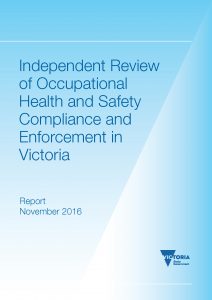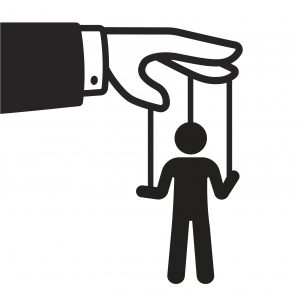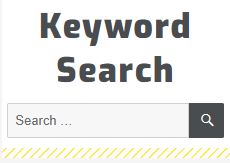 One online news site in Australia has suggested that sexual harassment is an occupational health and safety (OHS) issue. At first blush, it should be. Sexual harassment can create mental ill-health and can certainly be harmful. But from the early days of discussions about workplace bullying and occupational violence in Australia, sexual harassment has been consciously excluded from OHS.
One online news site in Australia has suggested that sexual harassment is an occupational health and safety (OHS) issue. At first blush, it should be. Sexual harassment can create mental ill-health and can certainly be harmful. But from the early days of discussions about workplace bullying and occupational violence in Australia, sexual harassment has been consciously excluded from OHS.
Is It or Isn’t It?
Some of the best discussion on bullying, harassment and violence was written by Dr Clare Mayhew for the Australian Institute of Criminology in 2000. These included a practical handbook on prevention. (It’s peculiar that some of the most perceptive works on OHS occur outside the OHS profession. Well perhaps not so surprising.) In the handbook, Mayhew points out that harassment has always been an element of workplace bullying but excludes sexual harassment from her discussion:
“The Australian Institution of Criminology believes that prevention, rather than post-incident reaction, is the key to improved outcomes. However, the handbook needs to be adapted specifically to each organisation for best results. The discussions exclude activity that could be described as sexual harassment, which is extensively dealt with elsewhere.” (page 1)
This position is reflective of the OHS literature yet, on reflection, this position may have been wrong for it contributed to a fractured approach to managing workplace psychosocial hazards.


 Victoria is the latest Australian State to introduce laws into Parliament that establish a licencing scheme for
Victoria is the latest Australian State to introduce laws into Parliament that establish a licencing scheme for  One of the most useful tools on any website is a Search function. When writing a SafetyAtWorkBlog article I regularly use the Search function (on the right of this page, or the bottom of your screen, depending on what device you are using) to remind me of what I have written previously. This avoids doubling up on topics or perspectives but also provides a thematic thread and consistency through the articles. For instance, try “quad bikes”, SWMS, Tooma or Quinlan.
One of the most useful tools on any website is a Search function. When writing a SafetyAtWorkBlog article I regularly use the Search function (on the right of this page, or the bottom of your screen, depending on what device you are using) to remind me of what I have written previously. This avoids doubling up on topics or perspectives but also provides a thematic thread and consistency through the articles. For instance, try “quad bikes”, SWMS, Tooma or Quinlan. On 12 December 2017, part of Australia’s screen and television industry held a forum in Sydney about sexual harassment in the sector and what could be done to reduce this workplace hazard. This initiative occurred a day before an
On 12 December 2017, part of Australia’s screen and television industry held a forum in Sydney about sexual harassment in the sector and what could be done to reduce this workplace hazard. This initiative occurred a day before an 